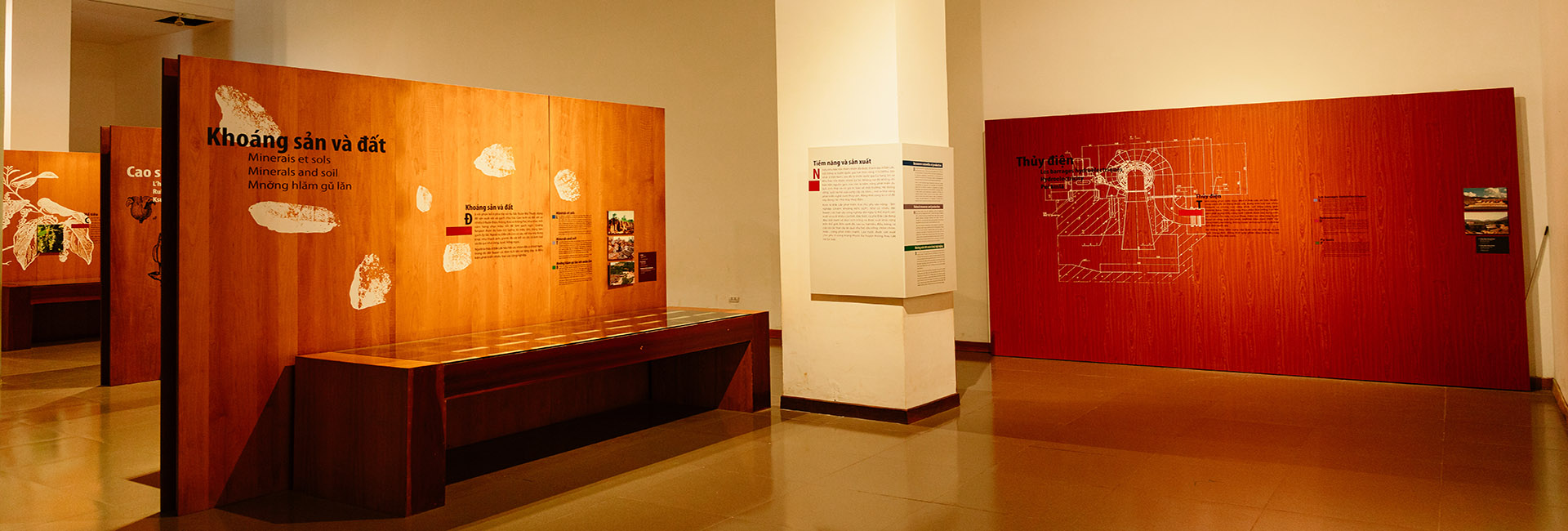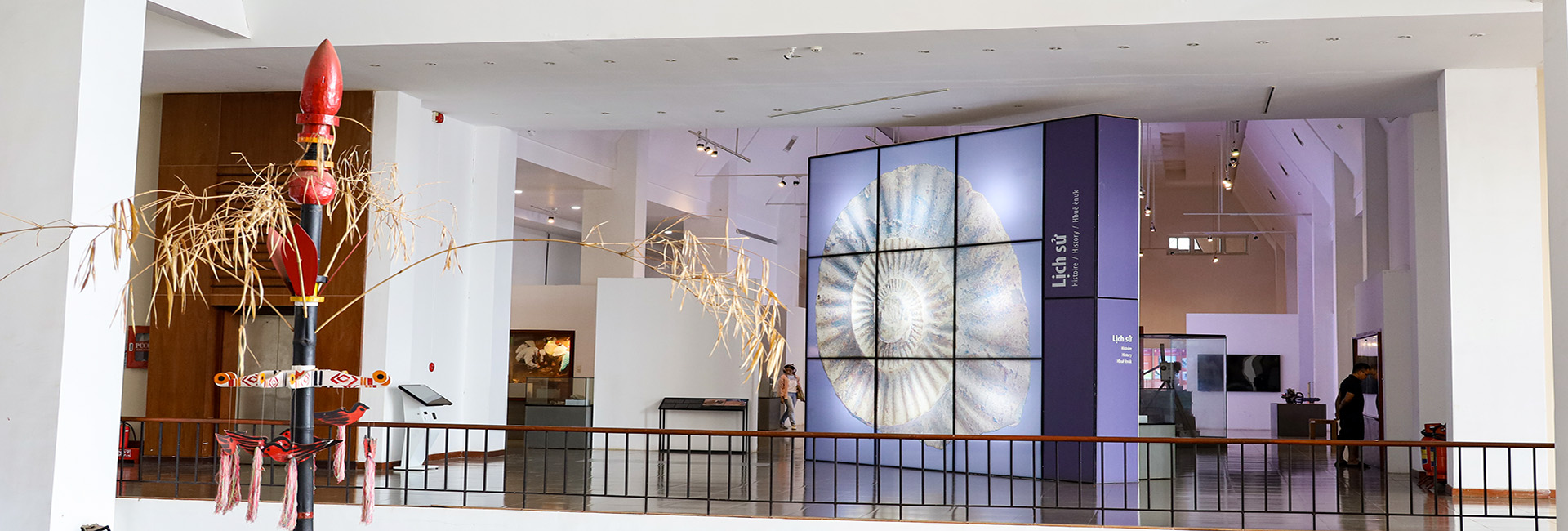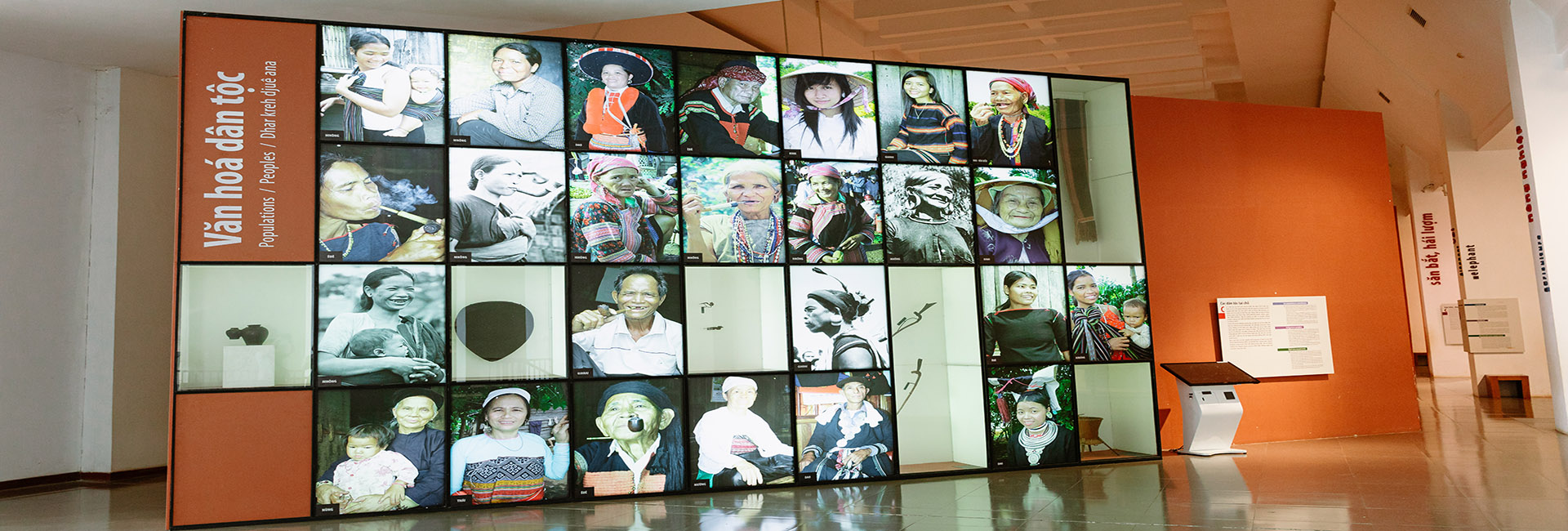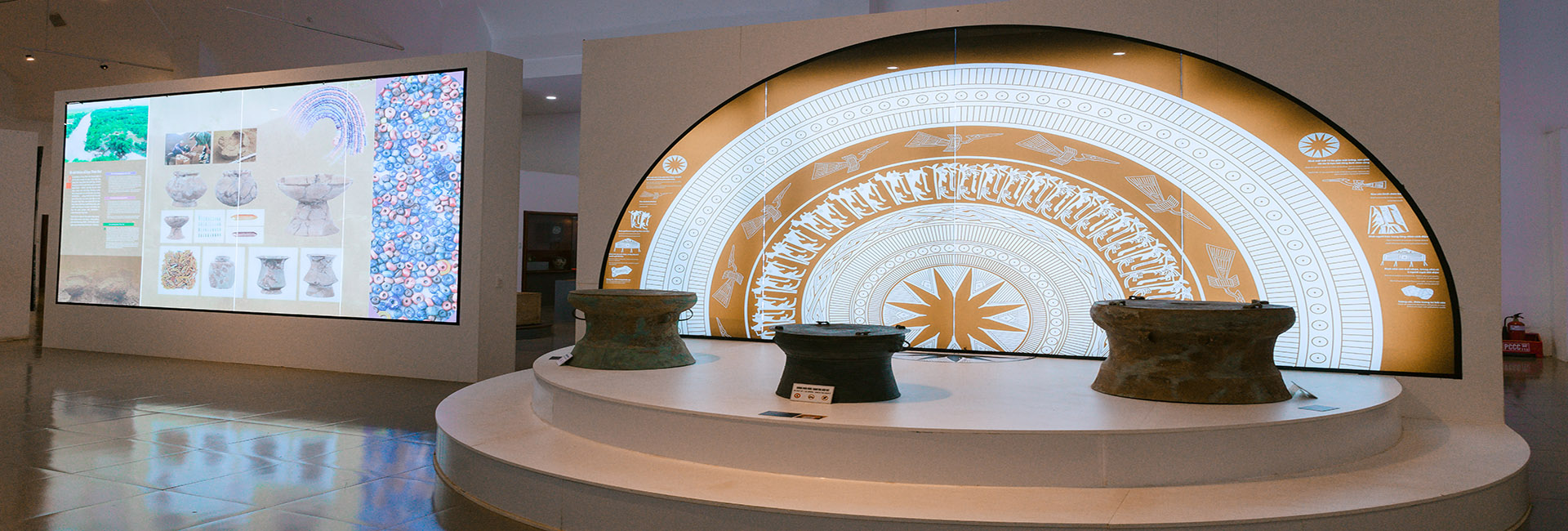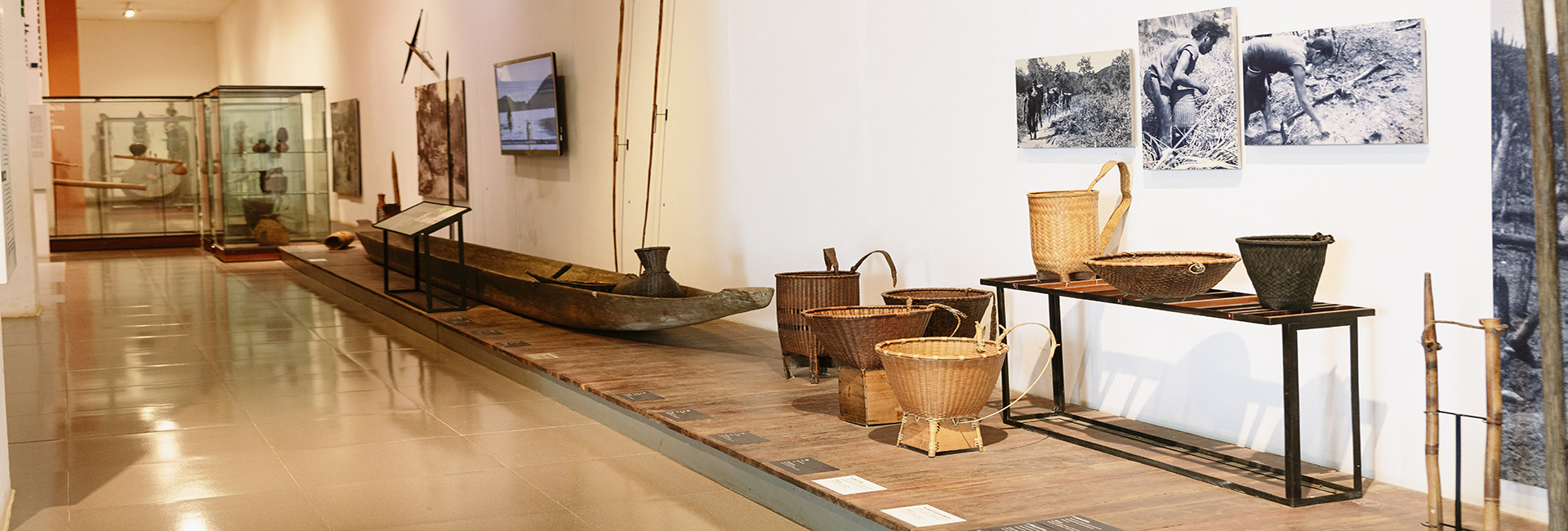DOCUMENTING THE PROCEDURES OF OBJECT TREATMENT PRESERVATION AT DAK LAK MUSEUM
Documenting the preservation of museum objects is setting up files in detail all impacts and interventions on objects by taking notes and photographing objects before, during and after the preservation process as well as chemicals used in the preservation.
In recent years, along with preventive preservation, the treatment preservation of Dak Lak Museum has been increasingly focused. The treatment preservation is a method of using solvents and chemicals to directly affect objects and documents with the aim of preventing the process of deterioration and enhancing the structure of the objects.
Therefore, it must be planned in detail before the objects are preserved. While implementing treatment preservation, the objects are carefully and meticulously recorded and documented by the staff in charge of preservation according to the following contents:
1. Information about objects: including the name of the objects, the registration number of the objects, the location of the objects before being released for preservation (storage, display, newly collection,…), and the number of previous preservation times (if any).
2. Condition of objects before preservation and repair: describe in details the condition and damages of the objects, take overall photos of the objects and their damaged details.
3. The process of preserving and repairing objects consists of steps of intervention implemented by conservators, directly affecting the objects such as cleaning, attaching, reinforcing the peeling glaze on ceramic objects; or backfilling, filling and patching torn layers on paper materials; prevent oxidation, flake, inhibit the corrosion process on metal artifacts. Information on chemicals and materials used in the process of preserving artifacts is kept and pictures are taken during the preservation of documents and artifacts.
4. The result of treatment preservation is the image of the objects after the repair and preservation process has been completed.
5. Proposing environmental conditions for storage and preservation After completing the preservation process, based on the current state of the objects, the conservator will give specific recommendations about temperature, humidity and light.

That documenting the preservation process helps conservators to monitor, research, learn from experience to find out the causes of damage as well as measures of offer scientific, effective and safe preservation methods for the objects. At the same time, it is a source of documents to help the adjacent conservation staff to grasp information on the technical and chemical aspects that have been affected and used on the objects, thereby offering appropriate preservation solutions in the future.
In order to do well preservation, improve the skills and practical preservation skills for the staff, Dak Lak Museum has enabled officials to participate in training courses to study and improve their qualifications, exchange experiences in the system of domestic museums and short-term training courses organized by the Department of Cultural Heritage.

Documented content of the object sheet is preserved and treated
Pham Thi Hoai




